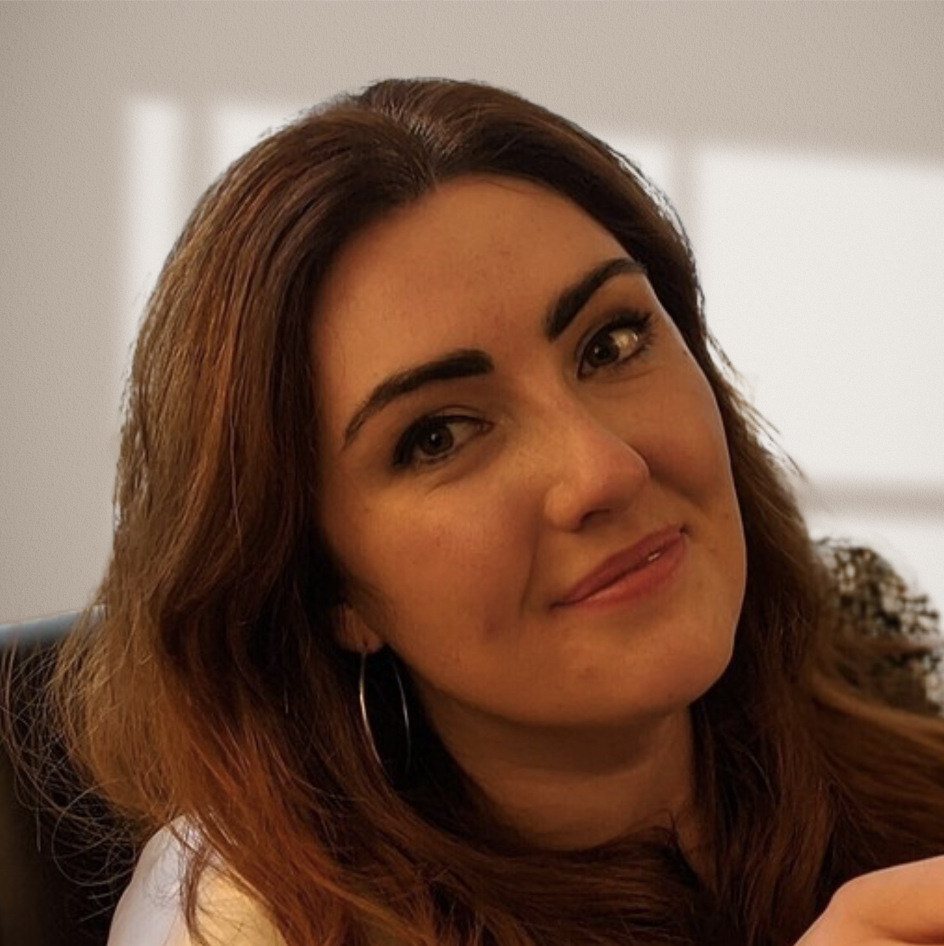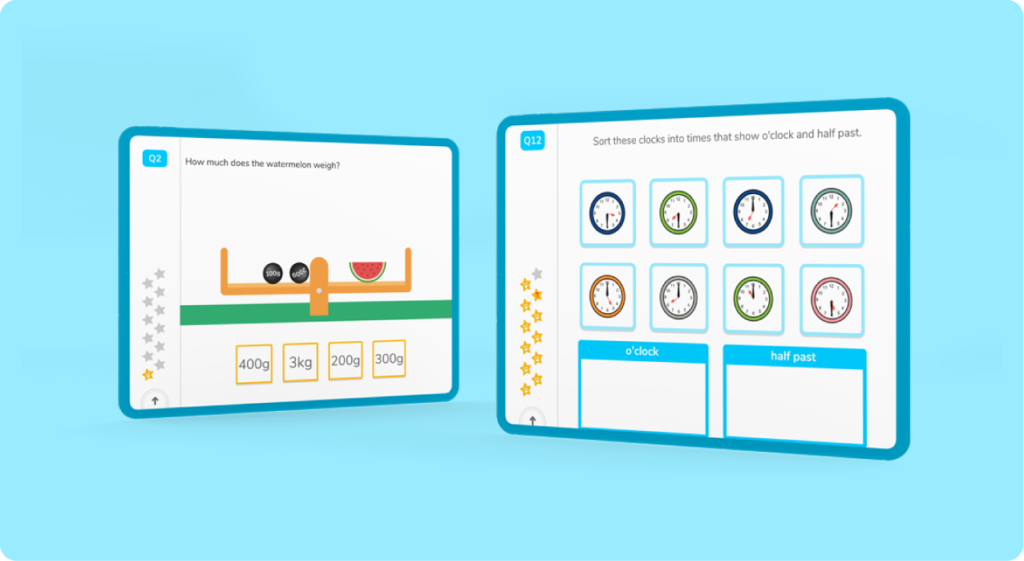

What students need to know by the end of the Year 6 maths curriculum as they prepare for Year 7 and secondary school.

Author
Mhairi Sim
Published
March 2024


What students need to know by the end of the Year 6 maths curriculum as they prepare for Year 7 and secondary school.

Author
Mhairi Sim
Published
March 2024


What students need to know by the end of the Year 6 maths curriculum as they prepare for Year 7 and secondary school.

Author
Mhairi Sim
Published
March 2024

Key takeaways
Table of contents
If you have a child who’s entering Year 6, it’s probably hard for you to believe that their primary school journey is coming to an end! This year, your learner will be finishing off the Key Stage 2 curriculum in preparation for starting Key Stage 3 in their first year of secondary school.
With that in mind, it’s no surprise that there’s a lot that’s packed into the Year 6 maths national curriculum. Being clued up on exactly what your learners will be expected to know by the end of the year is the best way to be reassured that they’re covering all their bases and ready for secondary school!
Following the maths curriculum, Year 6 students will cover a total of nine different areas of maths including:
Let’s take a closer look at what your learners will cover in each of these areas.
Unlock unlimited maths questions
Put your skills to the test with fun exercises + maths games that are proven to boost ability!
Your children will be well used to working with numbers across the four operations (+, –, ÷, x) by now. In the Year 6 maths curriculum they’ll apply these skills to more complicated numbers, including fractions.
Throughout their KS1 and KS2 journeys, learners have been building their skills to identify place values and work with increasingly large numbers.
By the end of Year 6, they’ll be able to work with numbers up to 10,000,000, being able to read, write, and order these numbers. They’ll also know how to round them to the nearest given place and have an awareness of how to use negative numbers.
As your learners work through the Year 6 maths national curriculum, they’ll use their already well-developed knowledge of addition and subtraction to support them.
They’ll solve multi-step problems, deciding which operations to use and implementing a range of written and mental strategies along the way. Additionally, they’ll also be taught to use estimation in order to check their answers.
Last year your learners were taught long multiplication and this year they’ll expand their skills further as they learn to multiply multi-digit numbers (up to 4 digits by 2 digits).
They’ll be introduced to long division this year and will be expected to work with remainders as whole numbers or decimal fractions.
The Year 6 maths national curriculum will also see them practise using a range of mental strategies to multiply and divide large numbers.
Finally, by the end of Year 6 learners will also be expected to know about common factors, common multiples and prime numbers.
The topic of fractions is probably one of the trickiest areas of maths that your learners cover throughout their school lives!
As your learners finish Year 6 they’ll be expected to know how to:
Find equivalencies between simple fractions, decimals, and percentages (e.g. 14 = 0.25 = 25%)
DoodleMaths is an award-winning maths app that’s aligned to the Year 6 maths curriculum and proven to double a child’s rate of progression with just 10 minutes of use a day!
Filled with fun, interactive questions covering the whole curriculum, it creates each child a unique work programme tailored to their needs, boosting their confidence and skills in maths. Try it for free today!

As they work through their national curriculum maths Year 6 students will cover ratio and proportion. This is one of two new topics that your children didn’t cover in Year 5.
They’ll already have built a lot of the skills they’ll use here in other topic areas, but here learners will combine them to solve a range of problems by:
Students will also explore shape problems where they will be given certain properties and then use scale factors to work out the remaining values.
The second of the two new subjects within the maths curriculum Year 6 learners are introduced to is algebra.
As with ratio and proportion, students will already have made a good start in this area! They’ll have practised inverse operations, used function machines, and will have experience solving missing number problems.
In Year 6 they’ll continue their learning by using simple formulae to solve a range of problems:
Building even further upon their knowledge of measurement, Year 6 students will:
As they work through the Year 6 maths curriculum, learners will be taking a closer look at the properties of 2-D and 3-D shapes, including their angles. They’ll be taught to:
Your students will also develop their skills in describing positions on a coordinate grid. In Year 6 this extends to all four quadrants, which will include using negative values.
Using coordinates, they’ll then be able to draw and translate simple shapes, reflecting them in the axes.
Having already spent time working with a range of different charts, graphs and tables, in Year 6 learners will be taught how to interpret and construct their own pie charts and line graphs.
In addition to this, they’ll learn when and how to calculate the mean (or average) of a set of numbers or data.
Try DoodleMaths for free!
Select a year group
In May, your Year 6 learners will need to complete an end of Key Stage 2 SAT maths assessment. The test is a statutory requirement and the results are used to monitor pupil attainment and compare school performance.
These assessments are used as a way to check that students have a good grasp of the basic skills they’ve covered during their primary school years. The results can then be used in Year 7 to identify where your child might need extra support.
Children will receive a score between 80 and 120, with 100 representing the average level for the Key Stage:
With the SATs looming, it’s important to give your learners lots of opportunities to hone their mathematical skills. There are lots of great ways to offer students in Year 6 maths help.
These 35 Year 6 maths questions are a great place to start – they’ll give you a good idea of how your child is performing in each of the different topic areas, helping you know which area to target first!
Our maths app is an award-winning resource that’s fully aligned with the Year 6 maths curriculum. It offers students a fun programme filled with exciting games and maths-based practice that’s completely tailored to them!
There’s certainly a lot going on in the Year 6 national maths curriculum. Children are finishing up the Key Stage 2 curriculum, coming to the end of their primary school journey, and preparing for the SATs in May.
It’s sure to be a challenging year for them. By ensuring your child is covering the standards we’ve outlined here, we’re sure it’ll be a great year for them as they prepare for Year 7 and secondary school!

Parents, sign up for a DoodleMaths subscription and see your child become a maths wizard!

Lesson credits

Mhairi Sim
Mhairi is an experienced teacher, freelance writer and parent. After completing her bachelor's degree in Psychology, she graduated as a teacher from the University of Strathclyde. She then built experience teaching across KS1 and KS2 throughout the UK. In addition to working in mainstream education, Mhairi specialised in the additional support needs sector, including social, emotional, and behavioural support.

Mhairi
Mhairi is an experienced teacher, freelance writer and parent. After completing her bachelor's degree in Psychology, she graduated as a teacher from the University of Strathclyde. She then built experience teaching across KS1 and KS2 throughout the UK. In addition to working in mainstream education, Mhairi specialised in the additional support needs sector, including social, emotional, and behavioural support.
Book a chat with our team
If you’d like to use Doodle’s browser version, please visit this page on a desktop.
To log in to Doodle on this device, you can do so through our apps. You can find out how to download them here: